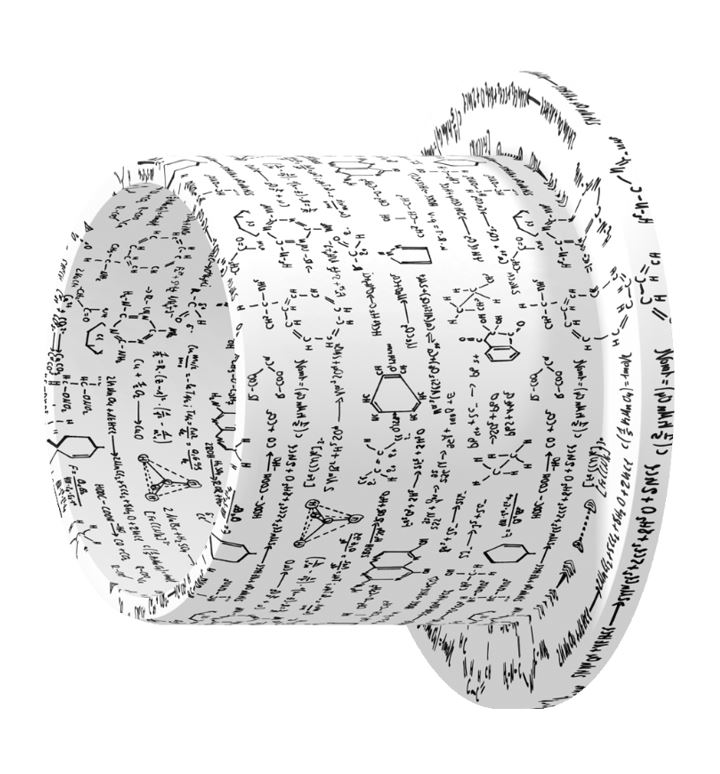Plain bearings for high speeds? Where are the limits?
Lars Butenschön | 10. December 2021
“Plain bearings are particularly suitable for high loads at low speeds.” This, or something similar, is what many technical books, guides, and also advertising texts say. There are two things about this statement that are not particularly helpful in practice. This blog post will analyse this statement and the conditions under which certain types of plain bearings are suitable for high speeds after all.

Factors and quibbling
“High loads” and “low speeds” are of course very relative concepts. But, as we have learned in past posts, loads and velocities form a product called the PV value, which roughly defines the heat generated at the bearing point or the point’s maximum possible heat dissipation. The trivial insight this provides is that if 2 x 1 = 2, and so does 1 x 2, then the two factors can be altered to achieve the same PV value. So “plain bearings for high loads at low speeds only” (relatively) are actually “plain bearings for low loads at high speeds” as well (also very relative).
Heat is the issue
The key issue when it comes to speeds and bearings is heat. Fundamentally, there are two options: either reduce heat generation or improve heat dissipation. Doing the first primarily means reducing the pressure applied and optimising friction. The lower the load and friction, the less the heat generated at high speeds. The other alternative is improving heat dissipation. This is often much easier said than done. It means either running the bearing in a cooling fluid that must be constantly supplied and removed again (like engine oil) or cooling down the environment as much as possible, or providing for “cooling” downtime to the extent possible. None of this is easy.
Materials with high thermal conductivity can also make a difference, but the selection is severely limited, as is, ultimately, the effect. Metallic materials provide particularly good heat dissipation. However, they require lubrication in any case in order to reduce friction and wear to an acceptable level.
How heat resistant are plastics for high speeds?
So-called high-temperature plastics can be used continuously at 250° C to 280° C. Above that, all bets are off. If lubricated bearings made of metal are out of the question, there is always ceramic, carbon, or graphite and silicon carbide. But these materials take quite a bit of effort to process or machine and are fairly brittle, so their use in plain bearings is practicable only in very specific applications. Below 180° C, the selection becomes much larger. A number of plastics are available in this range, allowing a wide range of applications. You can also find out how high temperatures affect plastics in our blog article on this topic.
The advantage: flexibility
Although tribologically optimised plastics (tribology is the study of wear, friction, and lubrication) offer lower heat resistance than does metal, they are very flexible and resistant when used with or without lubricants. They are resistant to chemicals, so they can be used directly in such applications as pumps or valves with media contact. If the lubricant supply threatens to run out during emergency dry operation, for example, the bearings will continue to operate for at least a short time. Until things get too hot.
If things get too hot for you, we would be happy to give advice
Most plain bearing application scenarios can be solved with the right plastic. Our experts in plain bearing technology will advise on the implementation of your plain bearing project from the beginning. Regardless of the quantity and without obligation, we will work with you to determine the most suitable plastic, support you in the design of the finished component and manufacture the component for you using the most cost-effective manufacturing process. We can advise you by telephone or e-mail, virtually or in person at your premises.


Stefan
Great information. And there are also great chances with plastic plain bearings in linear direction. Because of no rolling metal parts, plain bearings can go - with low load - for more than 20m/s!